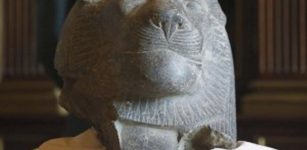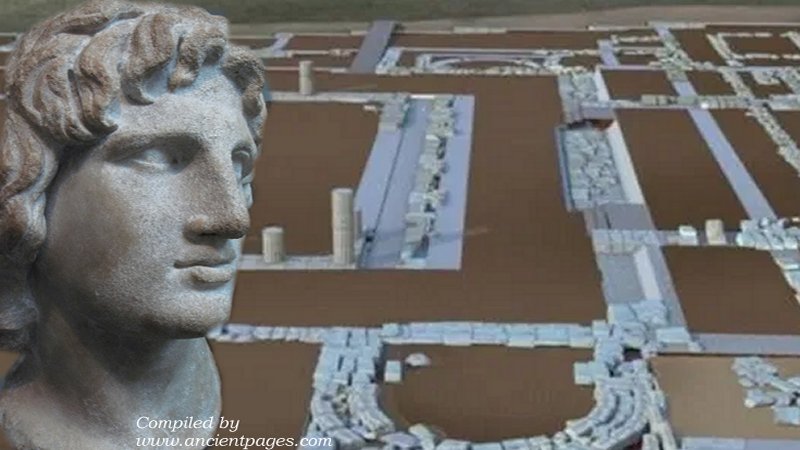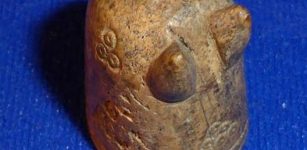Earliest Known Abecedary Engraved On Shard Of Pottery Dated To 15th Century BC – Deciphered
MessageToEagle.com – Leiden Egyptologist Ben Haring has deciphered a list of words engraved on a shard of pottery from the 15th century B.C. and determined that it is an alphabetically ordered word list. The discovery has been published in the Journal of Near Eastern Studies.
This is the earliest known word list organised according to the initial sound, and it uses a sequence that is still known today.
This is not our familiar ABC, that was common in scripts derived from Latin and Greek alphabets, but Halaḥam (HLḤM), known from Ancient Egyptian, Ancient Arabic and Ethiopian texts. ABC (actually ’alef-beth-gimel, ’ȝ-b-g) and Halaḥam were both used in Syria in the 13th century BC: cuneiform texts on clay tablets from the period from the harbour of Oegarit show both word orders.
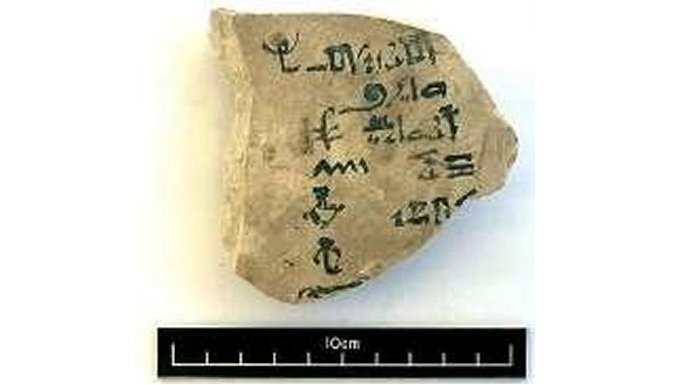
Later Phoenician tradition preferred the ABC, that found its way to the Greeks with the alphabet, and from there to the moden Western world.
The shard of pottery (known as an ostracon, or notebook) was found over twenty years ago by the British Egyptologist Nigel Strudwick in an Ancient Egyptian tomb near Luxor.
The text had never been understood, however, until it was deciphered by Ben Haring, a Dutch Egyptologist working at Leiden University.
Haring made his discovery in the context of a research project on Ancient Egyptian identity marks funded by the Netherlands Organization for Scientific Research (NWO).
The text is an incomplete list of words written in hieratic, the cursive script used in Ancient Egypt for some 3,000 years. To the left is a column of individual signs that appear to be abbreviations of the words.
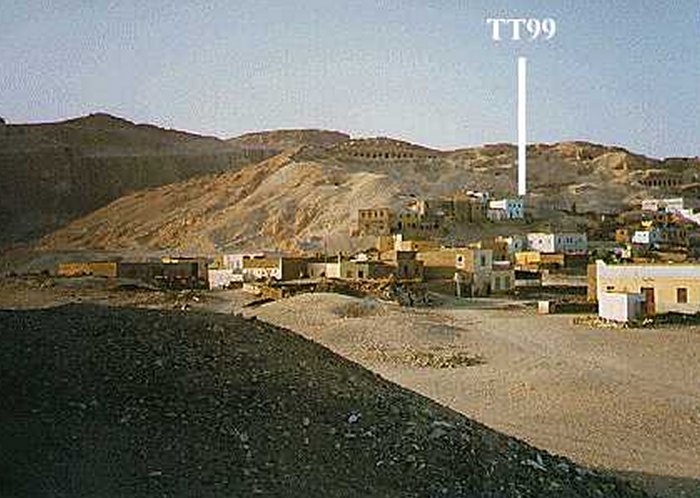
The hieratic script and the related hieroglyphic script were not alphabetic themselves. Yet the Ancient Egyptian scripts had an important position in the earliest known stages of the alphabet.
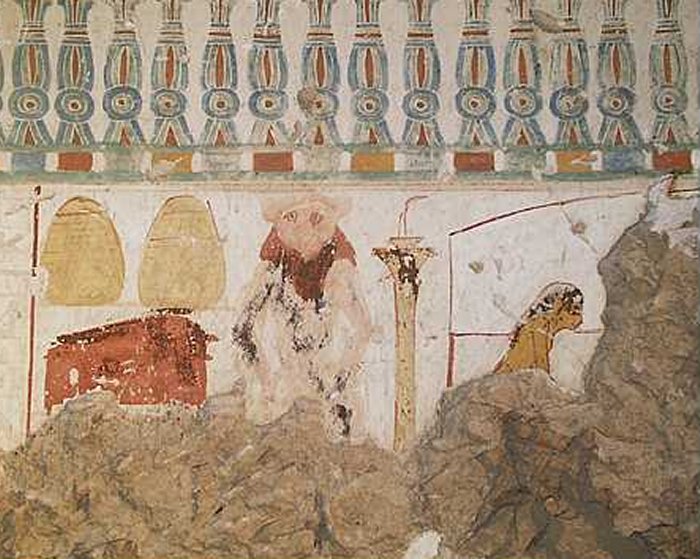
Inscriptions in the Sinai Desert and in Southern Egypt show signs that are thought to be the earliest known alphabetic characters, and the forms of many of these characters were clearly inspired by Egyptian hieroglyphs. Most of these inscriptions still resist decipherment. Some of their characters also figure in the left column of the word list deciphered by Haring.
The list is therefore a key piece in the reconstruction of the earliest history of the alphabet.
MessageToEagle.com via AncientPages.com
Paper – Ben Haring. Halaham on an Ostracon of the Early New Kingdom? Journal of Near Eastern Studies (2015). DOI: 10.1086/682330

